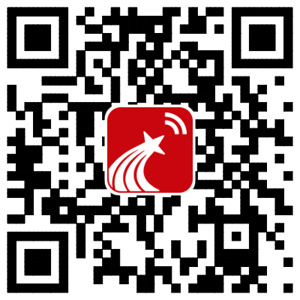关键词:
Academic Achievement
Cognitive Development
Elementary Education
Learning Processes
Middle Schools
Science Activities
Science Instruction
摘要:
The current study examines the cognitive supports that underlie achievement in science by using a cultural historical framework (L. S. Vygotsky (1934/1986), Thought and Language, MIT Press, Cambridge, MA.) and the activity setting (AS) construct (R. G. Tharp & R. Gallimore (1988), Rousing minds to life: Teaching, learning and schooling in social context, Cambridge University Press, Cambridge, MA.) with its five features: personnel, motivations, scripts, task demands, and beliefs. Observations were made of the classrooms of seventh-grade science students, 32 of whom had participated in a prior achievement-related parent-child interaction or home study (P. R. Portes, M. F. Zady, & R. M. Dunham (1998), Journal of Genetic Psychology, 159, 163-178). The results of a quantitative analysis of classroom interaction showed two features of the AS: personnel and scripts. The qualitative field analysis generated four emergent phenomena related to the features of the AS that appeared to influence student opportunity for conceptual development. The emergent phenomenon were science activities, the building of learning, meaning in lessons, and the conflict over control. Lastly, the results of the two-part classroom study were compared to those of the home science AS of high and low achievers. Mismatches in the AS features in the science classroom may constrain the opportunity to learn. Educational implications are discussed. (C) 2002 Wiley Periodicals, Inc.
 ScienceDirectJournal
详细信息
ScienceDirectJournal
详细信息
 ScienceDirectJournal
ebsco(BSP/buh)
详细信息
ScienceDirectJournal
ebsco(BSP/buh)
详细信息
 ScienceDirectJournal
详细信息
ScienceDirectJournal
详细信息
 同方期刊数据库
详细信息
同方期刊数据库
详细信息


